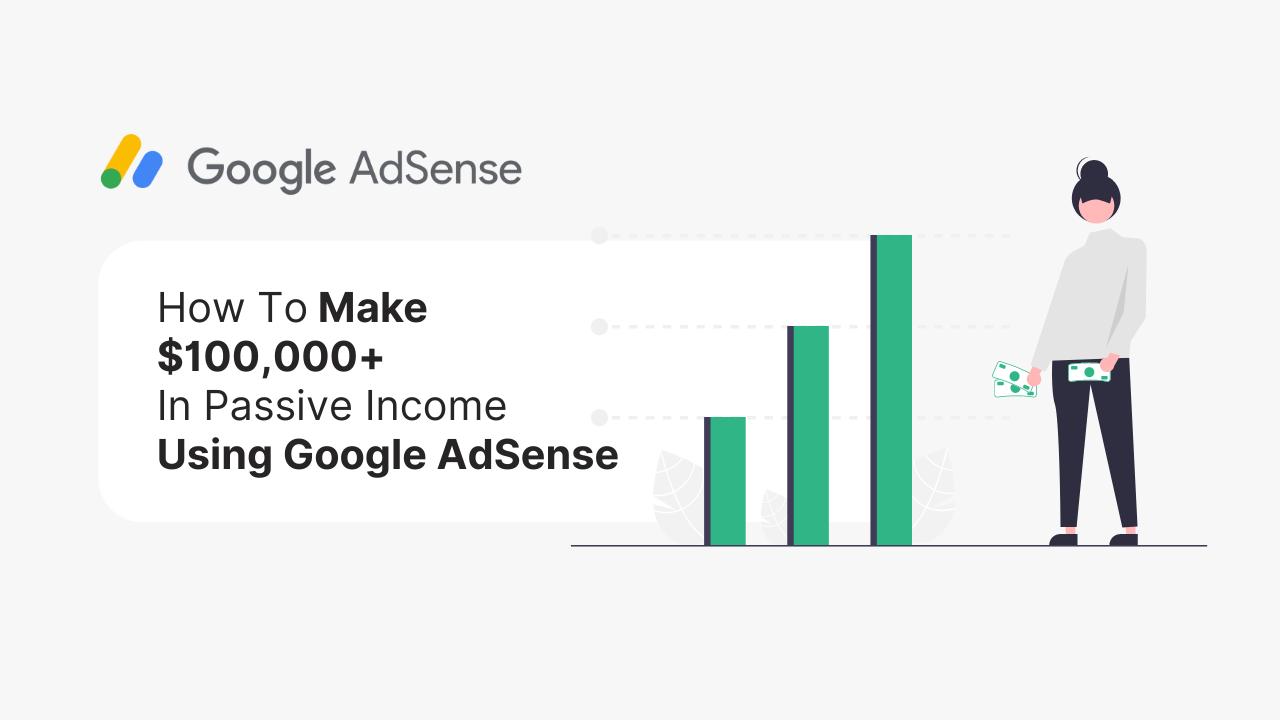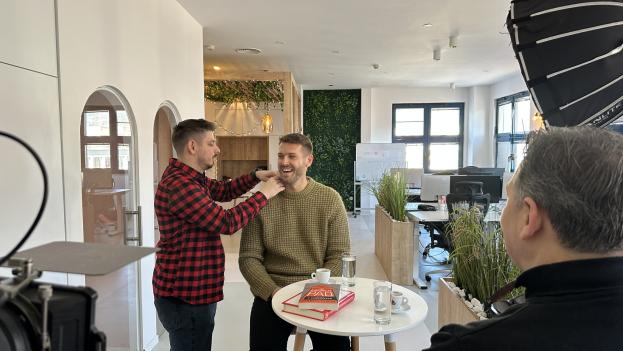SEO optimization was like adding steroids to the website. I would have probably gotten traffic without focusing on that as well, but it would have been stupid not to do it, as I had great insight into. If you don’t know anything about SEO, there is going to be a post about it called: “12 years of SEO experience in under 5 minutes”, so don't miss it.
Anyways, let's get back to the story. There were two types of SEO to do, on-site SEO, and off-site SEO. Off site SEO is primarily about getting other websites to link to your website, and that is ALWAYS the hardest part of SEO. I’ll get to how I did that, but we’ll start with on-site SEO first, which is what I did on the actual website.
First I bought a URL called exemplemeningar.se, which literally translates to "example sentences", so my URL is both descriptive of the service and it uses some of the keywords that I’m trying to rank for. Google likes that.
From there on, it was pretty simple. I asked myself: "How would people search to find my website? Well, they would either type the word followed by 'example sentences' or they would search the word, followed by 'in a sentence'."
So to be able to rank for both of those variants, I used one variant in my title tag, and other variants in my H1 and H2 tags. Those tags are the most important ones when it comes to where you keywords should be visible.
Then I did a lot to optimize the speed of the website, but more about that in one of my next posts.
The next step was the hard one - how to get links. This is where I’m really proud of my strategy.
So I thought: "Who links to websites that are some sort of a dictionary?" I knew that synonymer.se, my old client, and tyda.se were the two most popular dictionaries in Sweden at that point. I needed to find out who was linking to them.
You can do that by using one of several SEO tools. I used Ahrefs.com, where you can enter a website and find all the websites that are linking to that specific website. I used it to find out who was linking to the two websites mentioned above, and I exported the list of those websites to a CSV file.
Then I imported all those websites into a database, because I knew I had to reach out to many of them. And I created a small application listing all of them, with a checkbox next to each of them which was the decider if I should send out an email to them.
The last thing I wanted to do was to spam random people, so I would first open their website and see what it was about and if it was relevant to us. If the answer was "yes", I would tick the checkbox, and then I would alter our template email, so that it’s personalized to that website owner. I would try to find their name somewhere and then make sure that I address them personally in the email. These may seem like small things, but they are extremely important, trust me.
Then I would send my email in which I explained that my tool could be useful to students. I also shared with them the story that I shared with you, of how it would have been helpful for my parents when we first moved to Sweden.
Keep in mind that the refugee point was very relevant at this point in Sweden, as Sweden was opening up the borders for hundreds of thousands of Syrians and other refugees, and they needed to be integrated into society.
People responded extremely well to the email, and I got a ton of links. Even strong brands, like my own college website linked to me.
As I said, I am very proud of my strategy, but I have to say that this strategy will only work if you’re genuine and if your service solves a real problem.
That was it. After that I didn’t do too much on the website, and I could watch the traffic increasing week by week. It peaked at about 6,000 - 7,000 visitors per day.
I was ecstatic that it was a hit, and this was only the beginning!
There is a famous entrepreneurial book called “Nail It Then Scale It”. I needed to take this concept to the bigger markets, essentially the big languages, English, German, Spanish etc.
So I did, I created foboko.com, the exact same concept, but for bigger languages.
This website took me to the next level. At its peak, it had over 100,000 daily visitors. I put up regular google ads on the website, and started receiving checks month by month. In my best months, I was making over 5,000 dollars.
Since I started this Google AdSense journey, I’ve made over $200,000, and over $100,000 dollars with just this website.
And the beauty in it is that I’m still making money. In October 2020 I made 1,400 euros, in November I made 1,700 euros in passive income. Mind you, it’s been completely passive since 2016, when Nikola and I started ZenDev, our current software development consultancy that’s been our focus ever since so I didn’t have much time to do further development.





